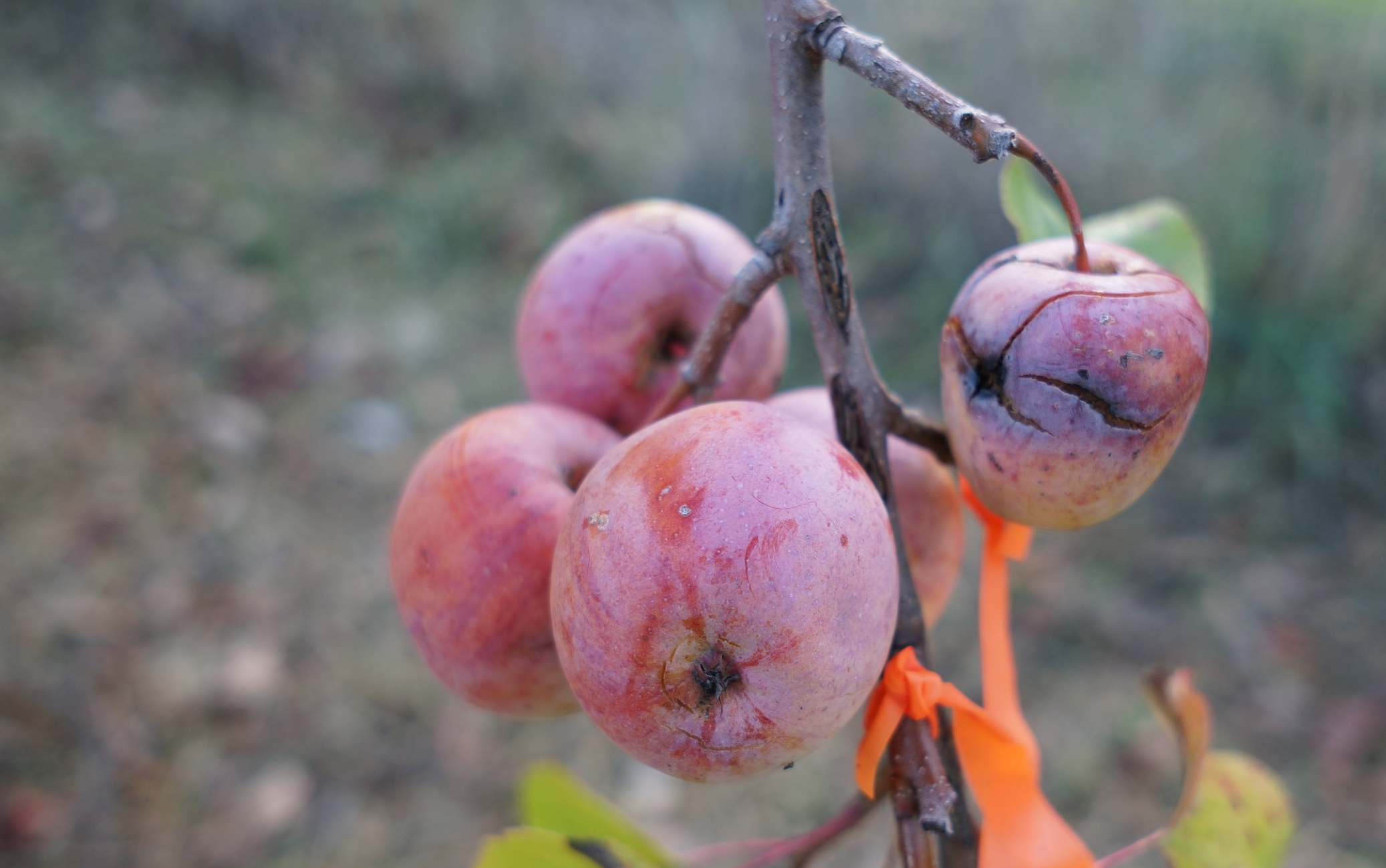I've reached #10 in the grafting video series. I'm looking forward to finishing the last 2 or 3 segments and moving on to something else. It's quite an investment to watch it all, and I know it is not needed just now by a lot of people, but it will be there when it is needed. It will be really great to finally have a grafting resource to refer people to in my writings and videos and it is long overdue. So here is #10. I've talked about a lot of the material covered in this video in a blog post about frankentreeing some time back, which can be read here And here is the video playlist for this series. The summary below is an outline of what's in this video, mostly for search engines. The information is covered better in this video and in the blog post linked above.
A distillation of this video:
Grafting onto exsisting trees is approached in one of two basic ways, either by topworking or by frameworking. Topworking cuts most of the tree off and regrows it, while frameworking retains the main tree structural wood and replaces the fruiting wood with the new variety. Framework grafting has the advantage of producing fruit more quickly and is less damaging to the tree. A well frameworked tree may suffer no permanent injury, while a top worked tree is much more likely to have ensuing problems with decay due to the large open wounds created in cutting off large branches or trunks. Also, it is possible in one year to add many varieties to a frameworked tree. On a good sized tree you might add 50 to 90 varieties in one season, whereas you would have to wait for the top of a top worked tree to regrow in order to graft on more than a few varieties in the first year. I favor frameworking in almost all cases except where damage done has to be remedied by growing a new top, or by some other special circumstance. It does require more scions and more time, but unless the scale of operation is large it is a no brainer to choose frameworking in most cases.
A frameworked tree can be grafted in one year with very little or none of the old fruiting wood left on. Some sources will recommend leaving some of the old wood and that is okay if you are concerned, or if you are not sure your grafts will take well. I would not hesitate to work over an apple tree completely in one year if it is healthy.
A common mistake in frameworking is to graft onto smaller wood near the outside of the tree's canopy. It is better to go back in to wood nearer a limb or large branch, thereby replacing and regrowing all of the fruiting wood. Don't worry about grafting into stubs the same size as your scion, just set the scion to one side, and if the stub is large, set to scions, one on each side.
Another common mistake is to add a scion, but leave old fruiting and leafing out wood crowded around it. There is a good chance that the new graft will not grow well if it is not given some room by removing proximal fruit/leaf wood.
A spacing of about 18 to 24 inches is pretty good between main offshoots on one side of a tree. If they are 24 inches apart, each only has to grow 12 inches to the side until they are touching. Branches on the other side of the tree can be the same spacing, but staggered between the branches on the opposite side when possible.
There are many grafts that can be used, but cleft and whip and tongue are good mainstays to use on smaller stubs and on stubs over an inch you can start to think about using rind (bark) grafts, covered in an earlier video. It is possible also to add a graft into the side of a bare limb or large branch by either cutting into the side of it and setting in a wedge shaped scion, or by using a rind graft of some kind. Those operations are less likely to succeed than the familiar grafts already mentioned, but if it doesn't take, it can just be grafted again the following year.
Aftercare is similar to other grafting. Wrap grafts very tightly and very well to prevent movement of the grafts during a couple months of critical healing time. Seal the scions to prevent drying out, and check them in mid summer to make sure that rapid growth is not strangling the grafts where they are wrapped. If the grafts are strangling, either remove the tape, or unwrap it and re-wrap around July sometime.
Scions for framework grafting can be much longer than those used for most other grafting. I like to use scions with 8 or more buds personally. Very long scions can be used if they are splinted firmly to immobilize the grafted section, but I'm not sure there is any real advantage to doing so.
Tools required are just a sharp knife, pruning saw, pruning shears, some kind of grafting wax or paint or seal and something to wrap with. See the Tools Video for more on that stuff. Don't forget to tag them too!



























